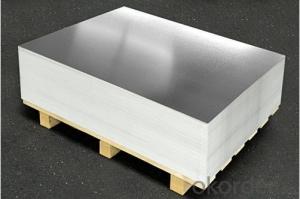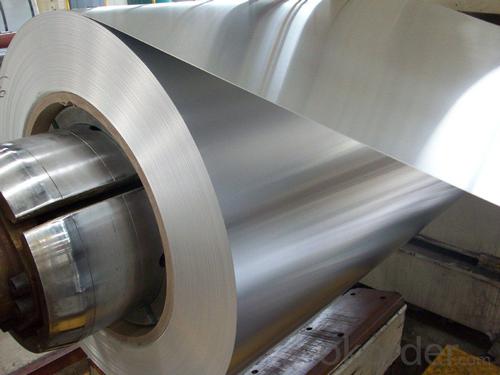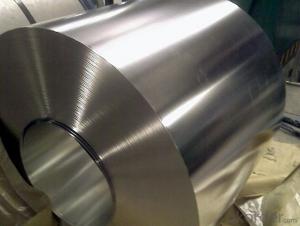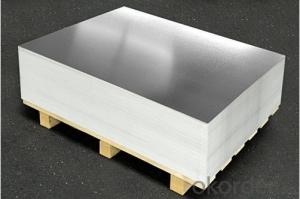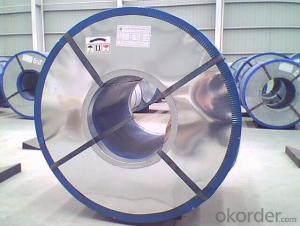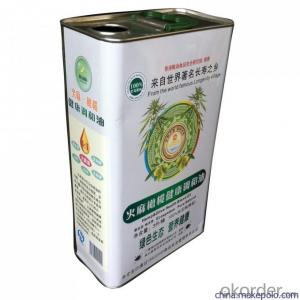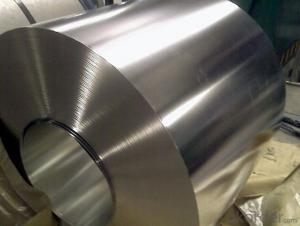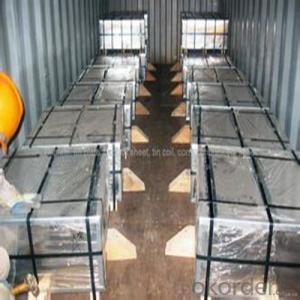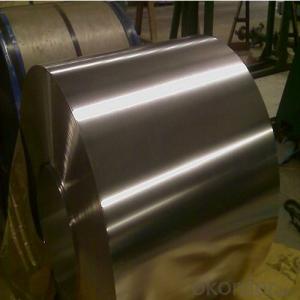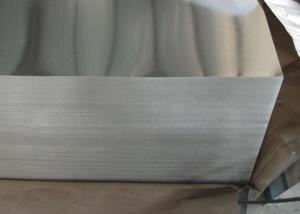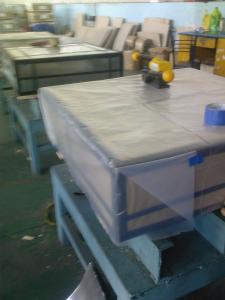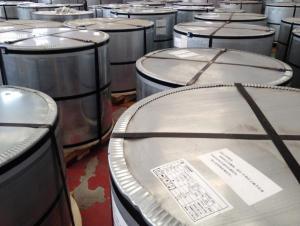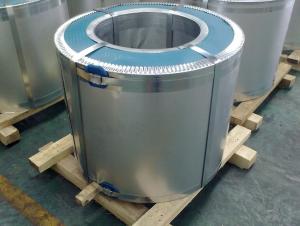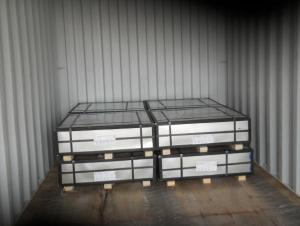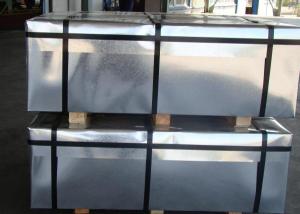Prime Electrolytic Tinplate for Oil Cans in Cheap Pirce
- Loading Port:
- Tianjin
- Payment Terms:
- TT OR LC
- Min Order Qty:
- 25 m.t.
- Supply Capability:
- 30000 m.t./month
OKorder Service Pledge
OKorder Financial Service
You Might Also Like
1.Structure of Prime Electrolytic Tinplate for Oil Cans in Cheap Pirce Description
Electrolytic Tin Plate Coils and Sheets for Foods Metal Packaging, is one thin steel sheet with a coating of tin applied by electrolytic deposition. Tinplate made by this process is essentially a sandwich in which the central core is strip steel. This core is cleaned in a pickling solution and then fed through tanks containing electrolyte, where tin is deposited on both sides. As the strip passes between high-frequency electric induction coils, it is heated so that the tin coating melts and flows to form a lustrous coat.
2.Main Features of the Prime Electrolytic Tinplate for Oil Cans in Cheap Pirce
Appearance – Electrolytic Tin Plate is characterized by its beautiful metallic luster. Products with various kinds of surface roughness are produced by selecting the surface finish of the substrate steel sheet.
Paintability and printability – Electrolytic Tin Plates have excellent paintability and printability. Printing is beautifully finished using various lacquers and inks.
Formability and strength – Electrolytic Tin Plates have got very good formability and strength. By selecting a proper temper grade, appropriate formability is obtained for different applications as well as the required strength after forming.
Corrosion resistance – Tinplate has got good corrosion resistance. By selecting a proper coating weight, appropriate corrosion resistance is obtained against container contents. Coated items should meet 24 hour 5 % salt spray requirement.
Solderability and weldability – Electrolytic Tin Plates can be joined both by soldering or welding. These properties of tinplate are used for making various types of cans.
Hygienic – Tin coating provides good and non toxic barrier properties to protect food products from impurities, bacteria, moisture, light and odours.
Safe – Tinplate being low weight and high strength makes food cans easy to ship and transport.
Eco friendly – Tinplate offers 100 % recyclability.
Tin is not good for low temperature applications since it changes structure and loses adhesion when exposed to temperatures below – 40 deg C.
3.Prime Electrolytic Tinplate for Oil Cans in Cheap Pirce Images
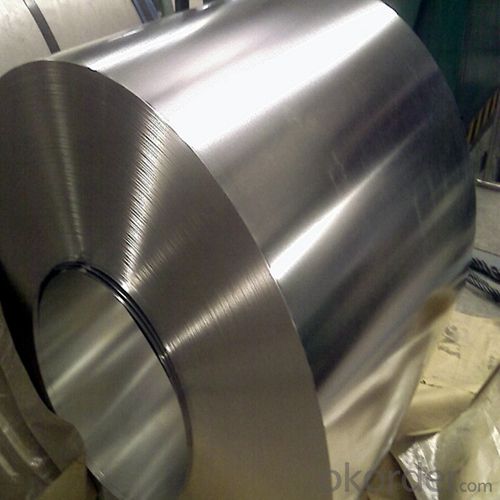
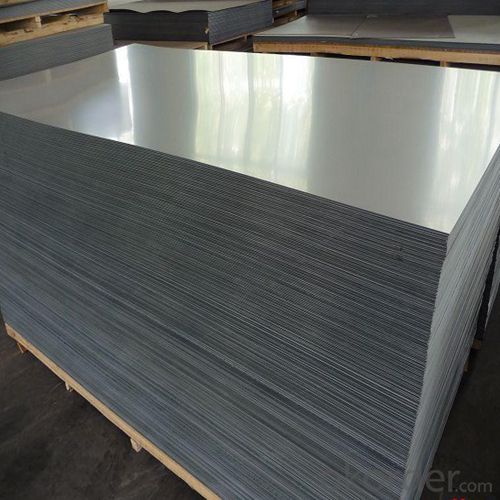
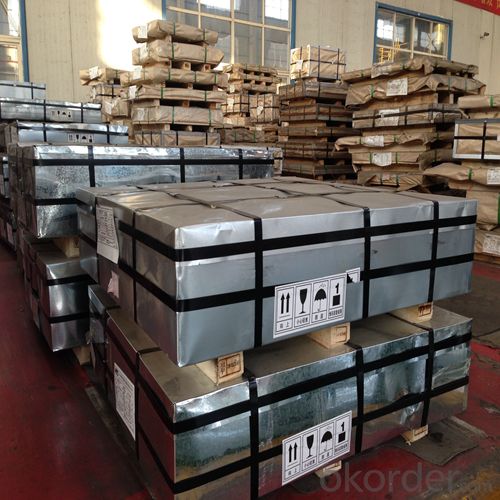
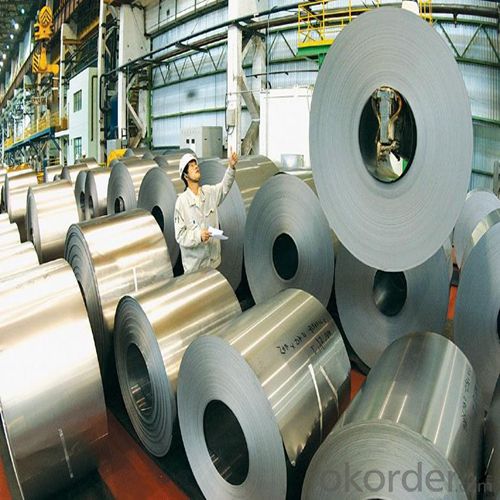
4.Electrolytic Tin Plate Coils and Sheets for Foods Metal Packaging Specification
Standard | ISO 11949 -1995, GB/T2520-2000,JIS G3303,ASTM A623, BS EN 10202
|
Material | MR,SPCC |
Thickness | 0.15mm - 0.50mm |
Width | 600mm -1150mm |
Temper | T1-T5 |
Annealing | BA & CA |
Coil Inner Diameter | 508mm |
Weight | 6-10 tons/coil 1~1.7 tons/sheets bundle |
Passivation | 311 |
Oil | DOS |
Surface | Finish,bright,stone,matte,silver |
5.FAQ of Prime Electrolytic Tinplate for Oil Cans in Cheap Pirce
-What your tinplate material is used for ?
Tinplate is widely used for the packaging of products. Such as food cans,
beverage cans, pet cans, closures, general line cans and so on.
Printed Tinplate is offered!!
-How to place .an order or contact you ?
Please send us Email. we will give you a quick response in seconds .
- How is your quality ?
All our quality is prime even the secondary quality . We have many years experience
In this field with serious quality control standard . Advanced equipment, We welcome your visit to our factory .
- Q: How does tinplate perform in terms of tamper-evident features?
- Tinplate performs well in terms of tamper-evident features. It is a durable material that can be easily sealed to prevent tampering. The metal construction of tinplate makes it difficult to manipulate or break without leaving visible signs of tampering, making it an excellent choice for packaging goods that require tamper-evident features.
- Q: What are the environmental impacts of producing tinplate?
- The production of tinplate has several environmental impacts. The extraction and processing of tin ore can result in habitat destruction, deforestation, and soil erosion. The smelting process emits greenhouse gases, contributing to climate change. Additionally, the use of chemicals during production can contaminate water sources and harm aquatic life. Proper waste management and adopting more sustainable practices can help mitigate these impacts.
- Q: How is tinplate coated for furniture?
- Tinplate is coated for furniture by applying a thin layer of tin to a steel sheet through an electroplating process, forming a protective and decorative coating.
- Q: Can tinplate be used for packaging of organic products?
- Yes, tinplate can be used for packaging of organic products. Tinplate is a type of steel coated with a thin layer of tin, which provides a protective barrier against corrosion and ensures the product's freshness and safety. It is a durable and sustainable material that is commonly used in the food industry, including for packaging organic products. Additionally, tinplate is recyclable, making it an environmentally friendly choice for organic packaging.
- Q: How does tinplate packaging contribute to product visibility?
- Tinplate packaging contributes to product visibility through its glossy and reflective surface, allowing consumers to easily spot and identify the product on shelves. Additionally, tinplate packaging can be customized with vibrant colors and eye-catching designs, further enhancing the visibility and attractiveness of the product.
- Q: What are the common closure options for tinplate containers?
- The common closure options for tinplate containers include screw-on lids, snap-on lids, press-on lids, and hinged lids.
- Q: How does tinplate contribute to the preservation of tobacco products?
- Tinplate contributes to the preservation of tobacco products by providing a durable and airtight packaging solution. The tin coating on the steel sheet prevents the tobacco from exposure to moisture, light, and oxygen, which can degrade its quality. Additionally, tinplate offers protection against physical damage, ensuring that the tobacco remains intact and fresh for an extended period of time.
- Q: How does tinplate contribute to the overall durability of packaging?
- Tinplate contributes to the overall durability of packaging due to its inherent strength and corrosion resistance. It provides a protective barrier against moisture, oxygen, and light, ensuring the contents inside are well-preserved and protected. Additionally, tinplate is highly resistant to impacts and scratches, making it less prone to damage during handling and transportation. Thus, the use of tinplate in packaging significantly enhances its strength, longevity, and overall durability.
- Q: What details should I pay attention to when purchasing tinplate packing boxes?
- At present, many domestic buyers can in the face of supplier's first bid, don't know in the condition of love at bargain, or fixed price cut 20 percent off. This practice is very inappropriate, in the procurement of bargain is necessary, but have not thought about the hidden dangers after bargaining?.
- Q: How does tinplate affect the overall product tamper-evident features?
- Tinplate enhances the tamper-evident features of a product by providing a strong and durable packaging material. Its rigidity and resistance to punctures or tampering make it difficult for unauthorized access or tampering. Additionally, tinplate can be sealed tightly, ensuring that any attempt to open the product is easily detectable. Overall, tinplate plays a crucial role in enhancing the tamper-evident features of a product, ensuring its integrity and safety.
Send your message to us
Prime Electrolytic Tinplate for Oil Cans in Cheap Pirce
- Loading Port:
- Tianjin
- Payment Terms:
- TT OR LC
- Min Order Qty:
- 25 m.t.
- Supply Capability:
- 30000 m.t./month
OKorder Service Pledge
OKorder Financial Service
Similar products
Hot products
Hot Searches
Related keywords

